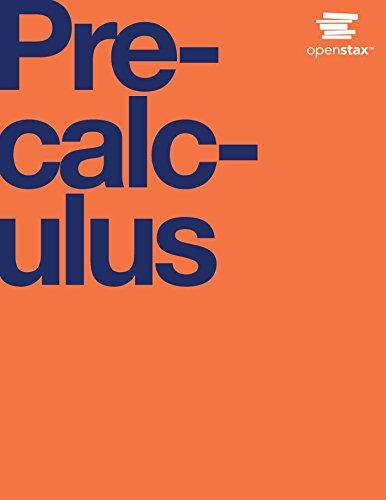Question
Case Study 2-2 Groupon Groupon, Inc. raised $700 million at its IPO in the fall of 2011, instantly providing a valuation of almost $13
Case Study 2-2 Groupon Groupon, Inc. raised $700 million at its IPO in the fall of 2011, instantly providing a valuation of almost $13 billion for a company that was only three years old at the time. Some question the value, claiming Groupon has no sustainable competitive advantage. Others see Groupon as an innovative company with high potential. Groupon sells Internet coupons for events, services, and other popular items that customers might want to buy. Customers sign up for daily e-mails targeted to their local market. The daily deal, offered for one-day only and only if a predetermined minimum number of customers buy it, gives customers 50% off the retail price. For example, a $100 three-month health club membership would sell for $50 on Groupon. The customer pays $50 to Groupon and prints a certificate to redeem at the health club. Groupon keeps 50% of the revenue, or $25 in this case, and gives the rest to the health club. Effectively, retailers are offering 75% off with the customer saving 50% and Groupon taking the rest. Groupon pays the retailer when the coupon is redeemed, making money both on the float between the time revenue is collected and the time the retailer is paid and on the certificates that are never redeemed at all, which the industry calls breakage. Retailers make money in the long run by introducing customers to their products, selling them additional products and services when they come in to redeem their coupons, and turning them into repeat customers. And retailers benefit from the buzz created when their business is on Groupon. In August 2010, Groupon launched its first national deal, a coupon worth $50 of Gap apparel and accessories for $25. It sold over 440,000 coupons, netting Groupon and the Gap close to $11 million. But not all vendors are the size of the Gap, and smaller vendors have been overwhelmed with too many coupons. One local business owner said the company lost $8,000 on its Groupon promotion when too many coupons were issued. In fact, a study of 150 retailers showed that only 66% found their deals profitable. Around the time of the IPO, analysts and observers alike claimed that Groupon's business model was not sustainable. In addition to the large number of retailers who found their deals unprofitable, observers noted that Groupon does not produce anything of value, and it isn't adding value to the retailers. Further, there are no barriers to entry to stop competitors. In May 2011, more than 450 competitors offering discounts and deals included LivingSocial, another daily deal site; restaurant.com, a site for restaurant gift certificates at a deep discount; and overstock.com and woot.com, sites offering discounted merchandise, not to mention deep-pocketed competitors like Amazon.com. But Groupon added to its business strategy with mobile capability and new services. In February 2012, it purchased Kima Labs, a mobile payment specialist, and Hyperpublic, a company that builds databases of local information. CEO Andrew Mason saw significant growth potential in providing new features to help customers personalize offers and avoid deals they don't want. In May 2011, in a few cities, the company launched Groupon Now, a time-based local application that gives customers instant deals at merchants nearby using location-based software, then in 2013 it integrated the functionality into its main platform. Groupon seems to have done something right. As of the third quarter of 2018, it had worked with over one million merchants and sold nearly 1.5 billion Groupon coupons; it operates in 15 countries and 500 markets. Its app is the third most downloaded retail app in the United States and is the sixth most popular iOS app of all time.
Step by Step Solution
There are 3 Steps involved in it
Step: 1

Get Instant Access with AI-Powered Solutions
See step-by-step solutions with expert insights and AI powered tools for academic success
Step: 2

Step: 3

Ace Your Homework with AI
Get the answers you need in no time with our AI-driven, step-by-step assistance
Get Started



